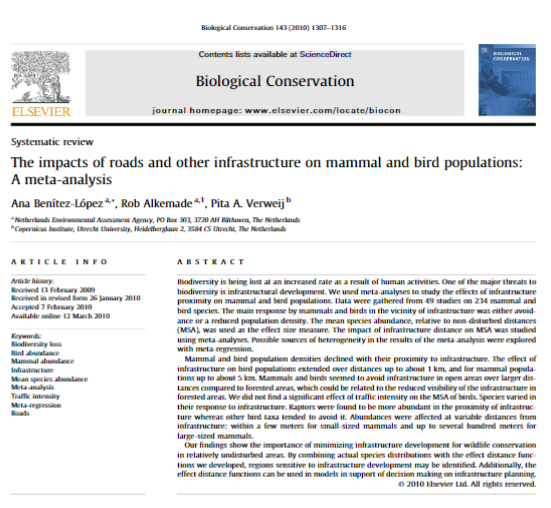A heterogenous knowledge base.
Urban green and blue infrastructure (GBI) and associated ecosystem services (ES) are increasingly recognized for their potential to address urban sustainability challenges (e.g., climate change, public health issues). This has resulted in an increase in studies quantifying ES in cities. In this review, researchers from the GLOBIO team and Lund University (Sweden) have analysed 850 peer-reviewed publications to characterize urban ES assessment in terms of geographical location, urban GBI type and methodological aspects (e.g. ES indicators). The database compiled for this review is publicly available.
The analyses covered six ES: local temperature regulation, stormwater regulation, waste treatment, air quality regulation, pollination, and recreation and aesthetic appreciation. The majority of ES assessments focused on local temperature regulation (36%) and recreation and aesthetic appreciation (23%). Assessments were often conducted within unspecified green space (30%) and parks (26%). A common method to assess GBI performance was the comparison of ES delivery along a gradient of vegetation cover (24%). Moreover, assessments used a wide variety of ES indicators. Most assessments quantified ecosystem properties (59%), while a minority assessed actual benefits to people, recognized values or societal demands.
To advance insights in the effectiveness of GBI, we recommend increased research attention towards i) increasing the coverage of less studied ES, GBI types and geographical regions, ii) quantifying actual benefits of GBI by comparing ES supply and societal demand, and iii) comparing effectiveness across different GBI types and in relation to grey infrastructure.

Authors
Clara J. Veerkamp, Aafke M. Schipper, Katarina Hedlund Tanya Lazarova, Amanda Nordin and Helena I. Hanson




